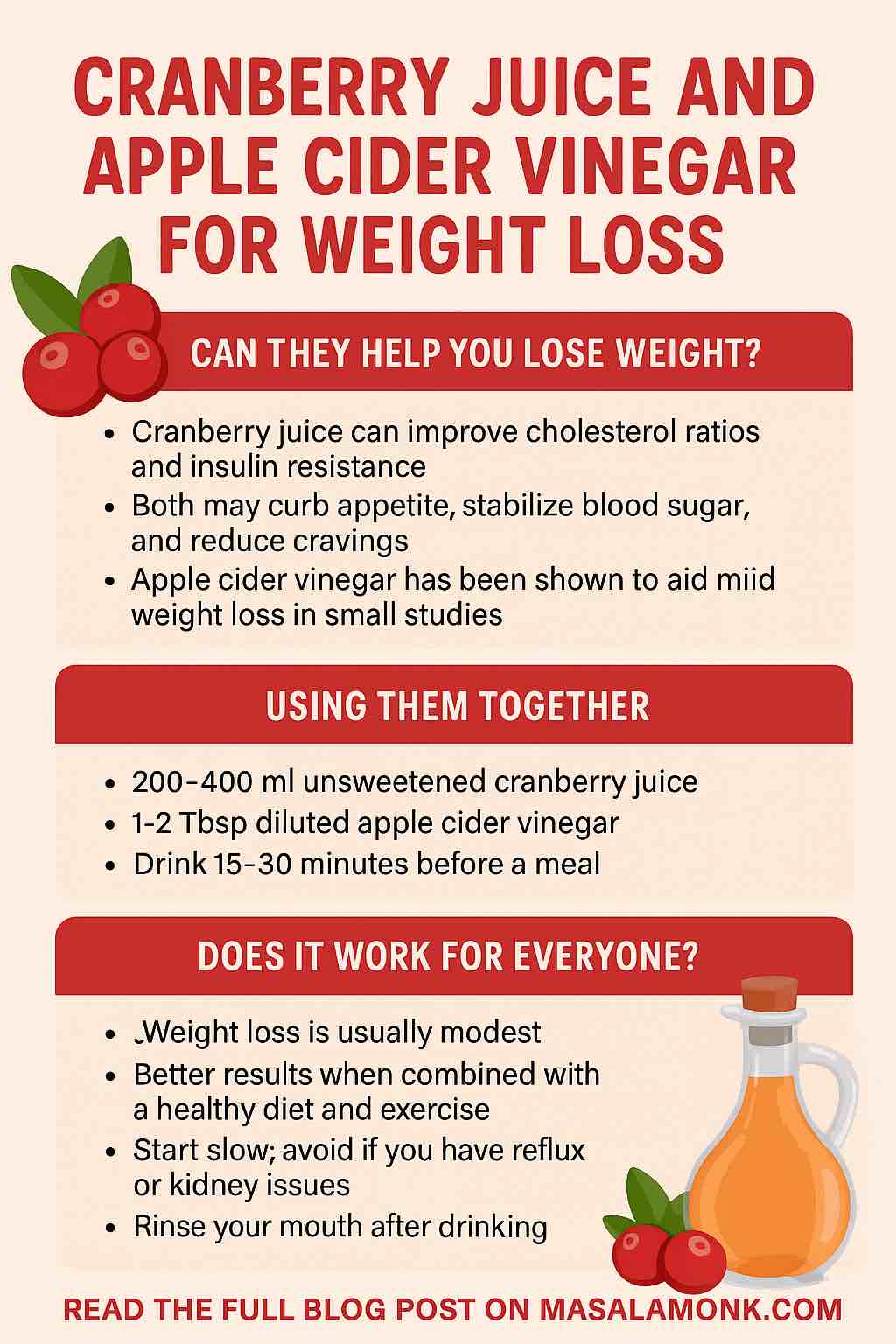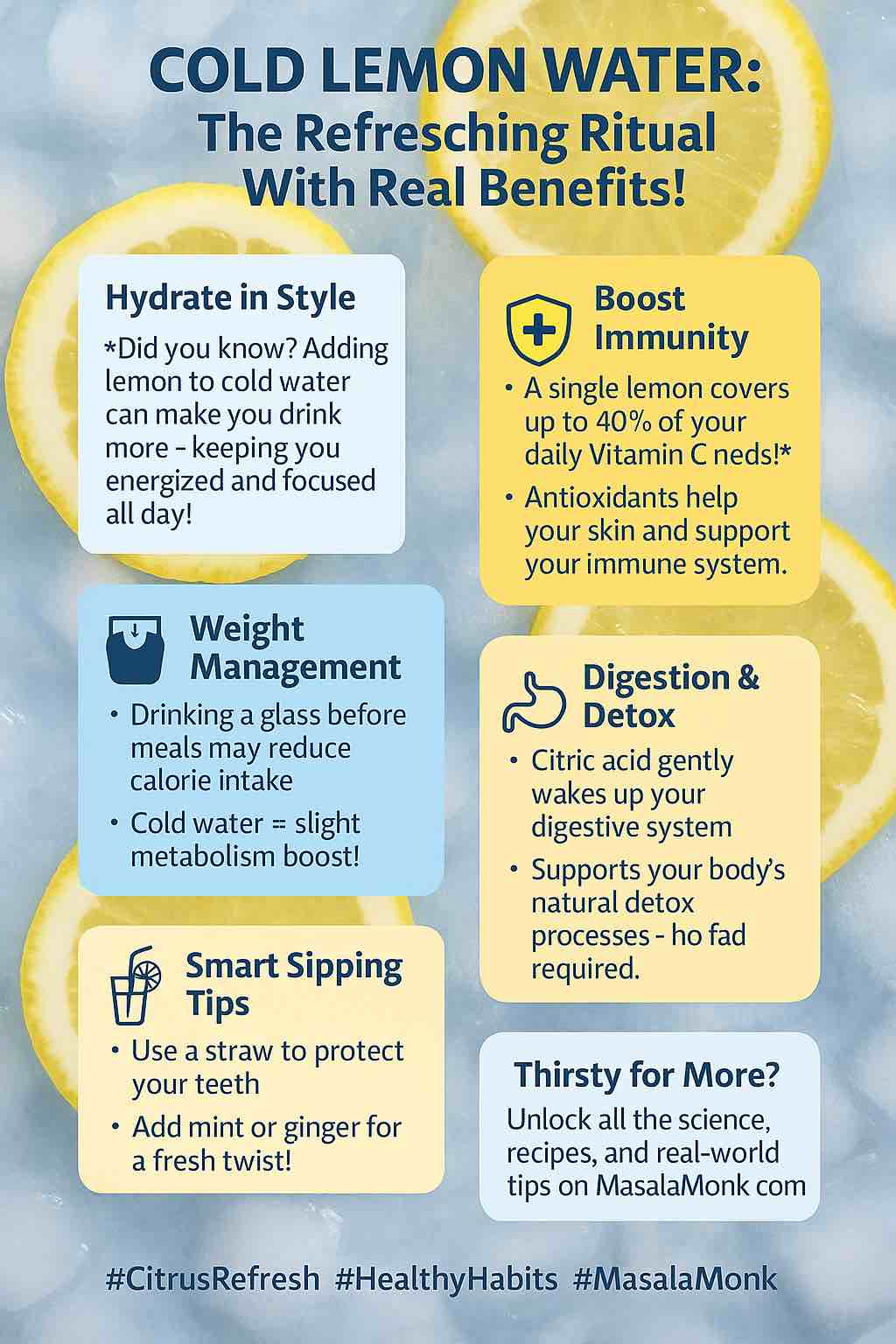
Is your energy low, your motivation slipping, or are you struggling with sluggish digestion and stubborn weight? You might be experiencing a Kapha dosha imbalance. Let’s explore the world of Kapha—the most grounded, nurturing, and steady of the Ayurvedic doshas—and discover how to restore your vitality through simple, practical steps.
What is Kapha Dosha? The Pillar of Stability
In the ancient science of Ayurveda, everything—our bodies, minds, and the world around us—is made up of five elements: ether, air, fire, water, and earth. These combine into three doshas, or vital energies: Vata, Pitta, and Kapha.
Kapha is formed by the union of water and earth. Think of the richness of fertile soil, the steadiness of a mountain, and the soothing embrace of a gentle rain—that’s Kapha at its best. It governs all that is structure, lubrication, and cohesion in our bodies and minds.
The Gifts of Kapha
When balanced, Kapha brings:
- Physical strength and stamina
- Calmness and emotional stability
- Healthy joints and smooth skin
- Immunity and resilience
Kapha people are often compassionate, loyal, patient, and forgiving. Their presence is grounding and nurturing—a balm in a chaotic world.
Signs You May Have Kapha Prominence
- Solid, strong, or curvy build; gain weight easily, lose it slowly
- Thick, lustrous hair and radiant skin (often cool or oily)
- Deep, sound sleep
- Slow digestion and tendency toward congestion
- Calm, steady, reliable, but can become lethargic or resistant to change
The Shadows: Recognizing Kapha Imbalance
Too much of a good thing can become a challenge. When Kapha accumulates, you might notice:
- Low energy, sluggishness, or chronic fatigue
- Weight gain or water retention
- Heaviness in the body or mind
- Mucus, sinus congestion, or allergies
- Difficulty waking up, excessive sleeping
- Procrastination, low motivation, and even mild depression
- Attachment to things, people, or routines
Many people report feeling “stuck,” both physically and emotionally. As one user shared on Reddit:
“Even though I slept 12 hours, I’m still tired… Please don’t throw out that thing I haven’t used in 2 years, I might use it someday.”
The Kapha Season: Why You Might Feel Off in Spring
Kapha’s qualities—cold, heavy, damp—are amplified during late winter and early spring. If you’ve noticed increased sluggishness, congestion, or mood dips as the snow melts and rains come, that’s Kapha season in action. Ayurveda teaches us to live in harmony with the seasons and adjust our routines accordingly.
Practical, Real-World Tips for Balancing Kapha
Now for what you really want: how to feel lighter, brighter, and more energized—starting today.
1. Shake Up Your Routine
Kapha thrives on variety and movement. Break the cycle of monotony!
- Wake up early—ideally before 6am, when the day is still light and active.
- Avoid daytime naps.
- Switch up your daily path—try a new route to work, different music, or a new hobby.
- Spend time outdoors, especially in sunshine and dry weather.
2. Eat for Lightness and Warmth
The right foods can transform your energy and mood.
What to Favor:
- Light, warm, dry foods: Think roasted veggies, lentil soups, sautéed greens.
- Spices: Ginger, black pepper, cinnamon, mustard seed, turmeric—these “ignite the fire.”
- Bitter, pungent, astringent tastes: Leafy greens, radishes, apples, cranberries, beans.
What to Minimize:
- Heavy, oily, cold, or sweet foods: Dairy, fried foods, wheat, processed sugar, ice cream.
- Snacking: Stick to three nourishing meals, and resist late-night munching.
- Cold drinks: Always prefer warm or room-temperature beverages.
Practical Meal Tips:
- Start your morning with warm water and lemon, or ginger tea.
- For breakfast, try spiced stewed apples or pears.
- Lunch is your main meal—favor a big salad with beans, or a warm soup.
- Keep dinner small and light.
- Experiment with intermittent fasting (if your body allows), a practice supported by both Ayurveda and modern research for Kapha types.
3. Get Moving—Every Single Day
Motion is the antidote to Kapha’s inertia.
- Choose vigor over gentleness: Brisk walking, jogging, cycling, dancing, HIIT, or Vinyasa yoga.
- Aim for at least 30-45 minutes of movement daily.
- If you’re feeling unmotivated, remind yourself: A little movement is better than none. Even cleaning or gardening counts!
As shared by a Reddit user:
“Exercise or play sports to burn fat. Low to medium intensity cardio over a longer period. Results take time to show. Be consistent…”
4. Declutter Your Mind and Space
Kapha loves to hold on—to stuff, old emotions, and outdated routines.
- Clear your living space: Donate, recycle, or throw out things you don’t use.
- Let go of grudges or lingering sadness.
- Try journaling, expressive art, or talking with a friend to process emotions.
5. Stimulate Your Senses
Keep your inner fire stoked with sensory variety:
- Aromatherapy: Use invigorating scents like eucalyptus, rosemary, or camphor.
- Dry brushing: Try a daily Garshana (raw silk glove or dry brush massage) to wake up circulation.
- Contrast showers: Alternate hot and cool water to invigorate body and mind.
6. Daily Self-Care Rituals
Consistency is key! Integrate small, meaningful practices.
- Abhyanga: Give yourself a warm oil massage (use lighter oils like mustard or safflower) before showering.
- Pranayama: Practice Kapalabhati (breath of fire) or Bhastrika (bellows breath) to clear mental fog.
- Meditation: Aim for 10 minutes of stillness, focusing on gratitude and letting go.
7. Stay Social and Engaged
Kapha can turn inward and isolate. Break the cycle:
- Plan regular gatherings (even virtual ones) with friends and family.
- Join a class, workshop, or volunteer.
- Seek new connections and experiences.
Real-Life Stories: The Kapha Journey
- Maya, 35: “I always thought feeling tired and slow was just my personality. After learning I was Kapha, I started drinking ginger tea every morning, cut out cheese, and walk every evening—even when I don’t feel like it. I’ve lost weight, my skin is clearer, and I wake up before my alarm now.”
- Raj, 50: “Letting go is hard. Clearing out my closet felt strange, but it also felt lighter. I do dry brushing and sun salutations every day. My seasonal allergies are less severe, and I’m less moody.”
- Anonymous (Reddit): “Kapha balancing is slow, but steady. Don’t expect fast results, but if you stick with it, you’ll feel the difference.”
Integrating Science: Does Modern Research Support Kapha Wisdom?
Emerging fields like Ayurgenomics are beginning to validate Ayurveda’s personalized approach. Studies suggest that Kapha-prominent individuals often show genetic and metabolic markers for slower digestion, higher fat storage, and greater immune resilience.
- Warming spices (ginger, black pepper) boost metabolism and digestive fire.
- Intermittent fasting and high-fiber, plant-based diets help reduce metabolic stagnation.
- Exercise and sunlight support not just weight, but mood and immune health.
While more research is needed, Ayurveda’s timeless principles align closely with modern recommendations for holistic health and prevention.
Kapha at a Glance: Quick Reference
| Kapha Traits | Balancing Actions |
|---|---|
| Heavy, slow, steady | Light, warm, spicy foods; daily vigorous movement |
| Cool, oily, smooth | Dry brushing, warm showers, stimulating aromas |
| Calm, loyal, nurturing | Social engagement, new hobbies, varied routines |
| Lethargy, attachment | Decluttering, letting go, creative self-expression |
Your Kapha Action Plan
- Set your alarm for early rising.
- Start each day with warm lemon water.
- Plan three main meals: light, warm, and well-spiced.
- Move your body for at least 30 minutes, rain or shine.
- Let go—of objects, emotions, and routines that hold you back.
- Infuse your day with novelty: new foods, new scents, new faces.
- Keep a Kapha journal—track what shifts and what feels better.
Final Thoughts
Balancing Kapha isn’t about losing who you are—it’s about letting your best self shine. By embracing warmth, movement, and variety, you can unlock Kapha’s gifts of stability, strength, and compassion—without the weight of stagnation.
Start small, stay consistent, and celebrate each shift toward lightness and joy. As Ayurveda teaches, change is a process, not an event—and your body and mind will thank you for every step.
Ready to begin?
Try one tip from this guide today and notice how you feel.
Have questions or want to share your journey? Drop a comment below!
This blog post draws on classical Ayurvedic teachings, user experiences from communities like Reddit, and modern wellness research. Always consult with a qualified practitioner before making significant changes to your health routine, especially if you have underlying medical conditions.
Frequently Asked Questions (FAQs)
1. What is Kapha Dosha in Ayurveda?
Kapha Dosha is one of Ayurveda’s three fundamental energies (doshas) that govern body and mind. It represents the elements of earth and water, giving structure, stability, and lubrication to the body. Kapha influences weight, immunity, emotional steadiness, and energy levels.
2. How do I know if I have a Kapha imbalance?
Signs include persistent tiredness, sluggish digestion, weight gain, water retention, excessive mucus, allergies, and feeling unmotivated or emotionally heavy. You may also notice difficulty waking up and strong attachments to routines or possessions.
3. What foods should Kapha types avoid?
Kapha types should minimize heavy, oily, sweet, salty, and cold foods—such as fried foods, dairy, wheat, processed sugars, and ice cream. Focus on eating warm, light, dry, and well-spiced meals with plenty of bitter, pungent, and astringent flavors.
4. What is the best exercise for balancing Kapha?
Daily, vigorous activities are ideal: brisk walking, jogging, cycling, dancing, swimming, HIIT, or Vinyasa yoga. The key is consistency and making exercise a daily, non-negotiable part of your routine.
5. Can Kapha types do intermittent fasting?
Yes, intermittent fasting can be beneficial for Kapha types, as it helps lighten the digestive load and supports weight management. However, always listen to your body and consult a healthcare provider if you have any medical concerns.
6. What are some quick morning routines to balance Kapha?
- Wake up before 6am
- Drink warm water with lemon or ginger
- Do dry brushing or a warm oil massage
- Practice energizing breathwork (Kapalabhati)
- Move your body, even if it’s just a short walk
7. How can I manage Kapha-related emotional heaviness?
Declutter your space, let go of unhelpful habits, and engage in creative or social activities. Try journaling, aromatherapy with uplifting scents, and talk to friends or a counselor if you feel persistently down.
8. Are there herbs that help reduce Kapha?
Yes, spices and herbs such as ginger, turmeric, black pepper, cinnamon, and trikatu are traditionally recommended to stimulate digestion and reduce Kapha’s heaviness. Use them in cooking or as herbal teas.
9. Is it okay for Kapha types to nap during the day?
It’s best to avoid daytime naps, as they can increase Kapha’s natural heaviness and sluggishness. Instead, focus on getting enough restful sleep at night and staying active during the day.
10. Can Ayurveda help with conditions like allergies or weight gain linked to Kapha?
Ayurvedic diet and lifestyle recommendations often support improved digestion, reduced congestion, and healthier weight. Many people have found relief from allergies and metabolic issues by adopting Kapha-balancing practices. However, Ayurveda is most effective when used alongside conventional medical care.













